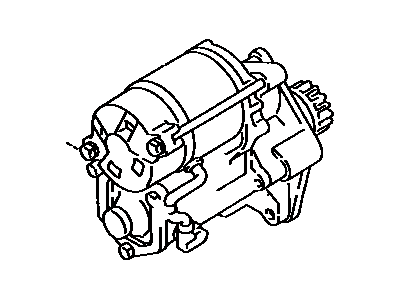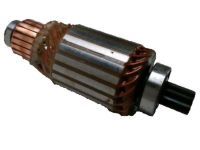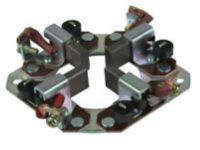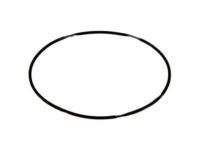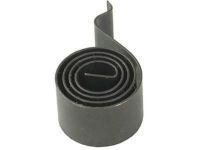To ensure reliability, purchase Toyota part # 28100-62011 Starter Assembly. It is sometimes referred to as Toyota Starter Motor. For unrivaled quality, OEM parts are the ultimate choice. These parts are manufactured by Toyota's official factory using top-quality materials and undergo strict testing procedures, ensuring outstanding dependability and long-lasting durability. This part fits 1988-1991 Toyota Camry, 1990-1993 Toyota Celica.
ToyotaPartsDeal.com is a leading supplier of genuine Toyota parts and accessories such as Toyota 2810062011 Starter Assembly. In need of OEM Toyota parts? Look no further than our extensive inventory of genuine Toyota parts, competitively priced to be highly exceptional in the market. They are all manufacturer-warrantied. Add to that, our easy return policy and swift delivery service, and your shopping experience promises to be the great pleasant ever. For detailed Toyota parts information, click here.


